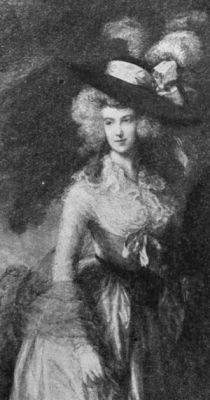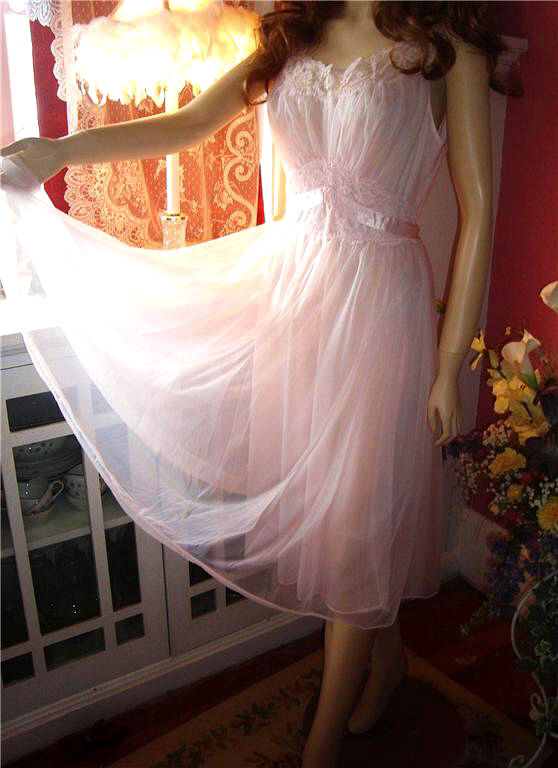 http://en.wikipedia.org/wiki/Fashion#Media
http://en.wikipedia.org/wiki/Fashion#Media2.Mary Quant,born 11 February 1934 in Blackheath, Kent, England is a British fashion designer, one of the many designers who took credit for inventing the miniskirt and hot pants. Born to Welsh parents, Quant went to Blackheath High School then studied illustration at Goldsmiths College before taking a career with a couture milliner. She is also famed for her work on pop art in fashion. In the late 1960s, Quant popularised hot pants. Through the 1970s and 1980s she concentrated on household goods and make-up, rather than just her clothing lines. At a talk at the Victoria & Albert Museum in 2007 she claimed to have invented duvet covers. She is also a Fellow of the Chartered Society of Designers, and winner of the Minerva Medal, the Society's highest award.
 http://en.wikipedia.org/wiki/Mary_Quant#Later_career
http://en.wikipedia.org/wiki/Mary_Quant#Later_career3. Haute couture (French for "high sewing" or "high dressmaking") refers to the creation of exclusive custom-fitted clothing. Haute couture is made to order for a specific customer, and it is usually made from high-quality, expensive fabric and sewn with extreme attention to detail and finish, often using time-consuming, hand-executed techniques. Couture is a common abbreviation of Haute Couture, which refers to the same thing in spirit. It originally referred to Englishman Charles Frederick Worth's work, produced in Paris in the mid-nineteenth century. In modern France, haute couture is a "protected name" that can be used only by firms that meet certain well-defined standards. However, the term is also used loosely to describe all high-fashion custom-fitted clothing, whether it is produced in Paris or in other fashion capitals such as Milan, London, Rome, Florence, New York and Tokyo.
 http://en.wikipedia.org/wiki/Haute_couture
http://en.wikipedia.org/wiki/Haute_couture4.Buttons on the sleeves of men’s suit jackets serve practical and decorative needs. Jackets sleeve buttons that open and close mainly evoke status. This custom came from the reign of Prussia’s Frederick the Great 225 years ago. The buttons would “encourage (soldiers) to use their shirt cuffs instead of jackets sleeves as handkerchiefs,” wrote menswear historian Alan Flusser. Many modern menswear dictates are rooted in military decorum and convenience.

http://www.ehow.com/facts_5184288_do-men_s-suits-buttons-sleeves_.html
5.In eighteenth-century England, women's wigs were sometimes 4 feet high. These remarkable headdresses were dusted with flour and decorated with Stuffed birds, replicas of gardens, plates of fruit, or even model ships. Sometimes the wigs were so elaborate they were worn continuously for several months. They were matted with lard to keep them from coming apart, which made mice and insects a constant hazard. Special pillows had to be constructed to hold these giant creations, and rat-resistant caps made of gilt wire were common items. Mercifully, the wig craze died out quite suddenly in England in 1795, when a hair-powder tax made their upkeep too expensive.

http://www.skygaze.com/content/facts/fashion.shtml
6.Passion is necessary to hunt down clothes from second hand vintage and thrift shops, flea markets, charity shops, yard sales, jumble sales, fetes, car boot and garage sales. That's only the start of the process. Then comes the work of maybe repairing a seam, removing stains, laundering and pressing items using products you have to purchase.
http://www.fashion-era.com/Vintage_fashion/2_what_is_internet_vintage.htm#Making%20a%20Living%20from%20Selling%20Vintage
7.The history of the brassieres is inextricably intertwined with the social history of the status of women, including the evolution of fashion and changing views of the body.

The negligee is a form of womenswear intended for wear at night and in the bedroom. It is a form of nightgown; first introduced in France in the 18th-century, where it mimicked the heavy head-to-toe style of women's day dresses of the time.

http://en.wikipedia.org/wiki/History_of_brassieres
http://en.wikipedia.org/wiki/Negligee
8.The history of perfume began in antiquity. The word perfume used today to describe scented mixtures, derives from the Latin "per fumus", meaning through smoke. Perfumery, or the art of making perfumes, began in ancient Egypt but was developed and further refined by the Romans and the Arabs. Although perfume and perfumery also existed in East Asia, much of its fragrances are incense based. The basic ingredients and methods of making perfumes are described by Pliny the Elder in his Naturalis Historia.
http://en.wikipedia.org/wiki/History_of_perfume
9.Carmen Kass grew up in the Estonian city of Paide. At the age of fourteen, she was discovered in a Tallinn supermarket by an Italian modeling scout. Four years later, she moved to Milan and later Paris to pursue modeling quickly appearing in fashion shows for many top designer. She has appeared on a variety of magazine covers and in advertisements for brands as diverse as Calvin Klein, Chanel, Donna Karan, Givenchy, Fendi, Michael Kors, the Gap, Sephora. She has a noted interest in business, as part owner of her mother agency Baltic Models. As an actress, she appeared in the Estonian film Set Point. She loves to play chess in her off time.

http://models.com/models/Carmen-Kass
10.Levi Strauss & Co. (LS&CO) is a privately held clothing company known worldwide for its Levi's brand of denim jeans. It was founded in 1853 when Levi Strauss came from Buttenheim, Franconia, (Kingdom of Bavaria) to San Francisco, California to open a west coast branch of his brothers' New York dry goods business.
http://en.wikipedia.org/wiki/Levi_Strauss_&_Co.
No comments:
Post a Comment